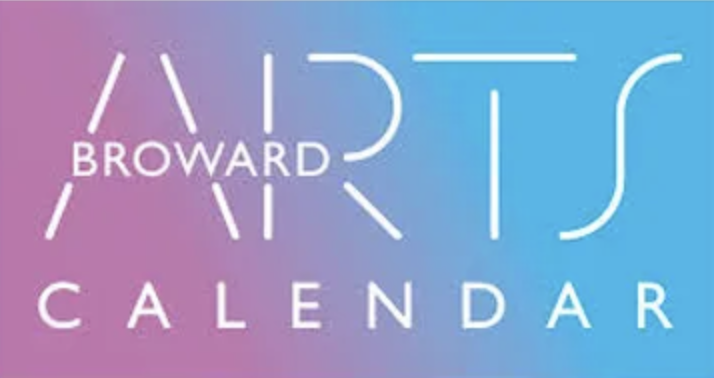SCOTTISH COUNTRY DANCING
|
Watch & Try Scottish County DancingScottish Country Dancing (SCD) is an exciting form of group dance enjoyed around the world by old and young alike. It is social and cooperative, rather than competitive, and involves groups of mixed couples of dancers tracing progressive patterns according to predetermined choreography. Unlike Highland dancing, SCD can be enjoyed from youth to advanced years. |
Groups of two or more dancers can participate, although most commonly danced in “sets” of six to ten dancers. A partner is not needed, making this form of dance suitable for singles as well as couples. It is a great way to make new friends while enjoying the music and physical, as well as mental, exercise. We are fortunate to have a local Scottish Country Dance group that meets weekly from Sept-July. You can see them dance throughout the Festival Day in the Pavilion just behind the Beer Trucks and Athletic Field. You can even join in, then quench your thirst at the Beer Truck! We will do a massed ceilidh dance on the Main Field with as many people as would like to give it a try. We'll be doing the very easy Circassian Circle dance. Hope to see you dancing! |
Scottish county dance classes for adults are normally held Sept-July on Tuesday evenings, 7-9 pm at the Sunrise Senior Center, 10650 West Oakland Park Blvd, Sunrise, FL 33351. In person classes have resumed! Please contact Rinthy Aman for details on joining. Rinthy Aman, Instructor Contact: rinthy@gate.net ; (954) 791-6873 Open to adults of any age - partners are not required. Beginners and experienced dancers alike are welcome. Each dance is walked through until everyone is comfortable and links to dance videos provided for those who want to 'practice' - at least mentally - outside of class. |
What is Scottish Country Dancing?The Royal Society of Scottish Country Dance [RSCDS] defines Scottish Country Dancing as "a sociable dance form with roots stretching back for centuries. Participants are grouped into sets, typically of 3, 4, or 5 couples arranged either in two lines (men facing women) or in a square, and work together to dance a sequence of formations. This will leave them in a new order, and the dance is repeated enough times to bring them back to their starting positions, with everyone dancing each position in turn." |
|





